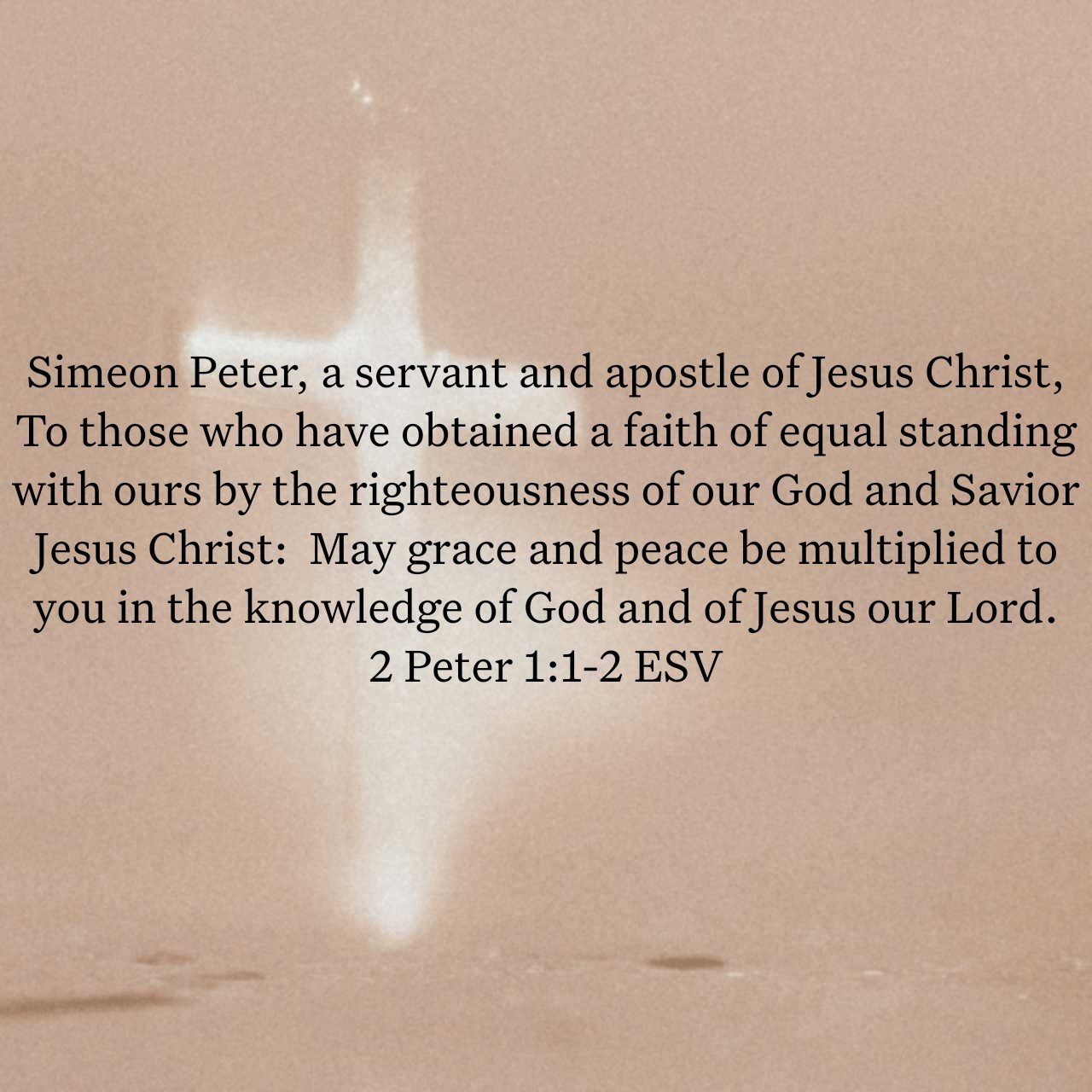Devotional 20 September 2025

Peter wastes no time in this second letter. He begins by identifying himself both as a servant and an apostle of Jesus Christ. The order matters. He was personally called and discipled by Jesus (Mark 1:16–17), yet he first bows as a servant before he claims authority as an apostle. This humility strengthens, not weakens, his authority. As Paul also writes, true authority in Christ is never about exalting oneself, but serving others (Philippians 2:5–7).
This humble authority stands in sharp contrast to the false teachers Peter will later confront. They boast in their special knowledge, presenting themselves as superior. But Peter immediately dismantles their claim: all believers have “obtained a faith of equal standing” through the righteousness of Jesus Christ. There is no higher tier of faith, no inner circle of secret knowledge. Paul echoes the same truth: “there is neither Jew nor Greek, slave nor free, male nor female, for you are all one in Christ Jesus” (Galatians 3:28). The ground at the cross is perfectly level.
What makes this equal standing possible is not human wisdom or moral effort, but the righteousness of our God and Savior Jesus Christ (Philippians 3:9). This righteousness is imputed, not earned; received, not achieved. Any teacher who elevates themselves above others denies this very foundation of the gospel.
Finally, Peter prays that grace and peace would be multiplied “in the knowledge of God and of Jesus our Lord.” Knowledge is central to this letter, but true knowledge is not intellectual superiority or secret codes, it is relational: knowing God through Christ (John 17:3). The false teachers may offer arrogance that puffs up (1 Corinthians 8:1), but Peter offers grace and peace that build up, multiplying as we walk with Christ.
Peter opens with humility, authority, and gospel truth all at once. He reminds us: in Christ, no believer stands above another. We share the same faith, the same righteousness, and the same Lord. Against all false claims, this is the unshakable truth.